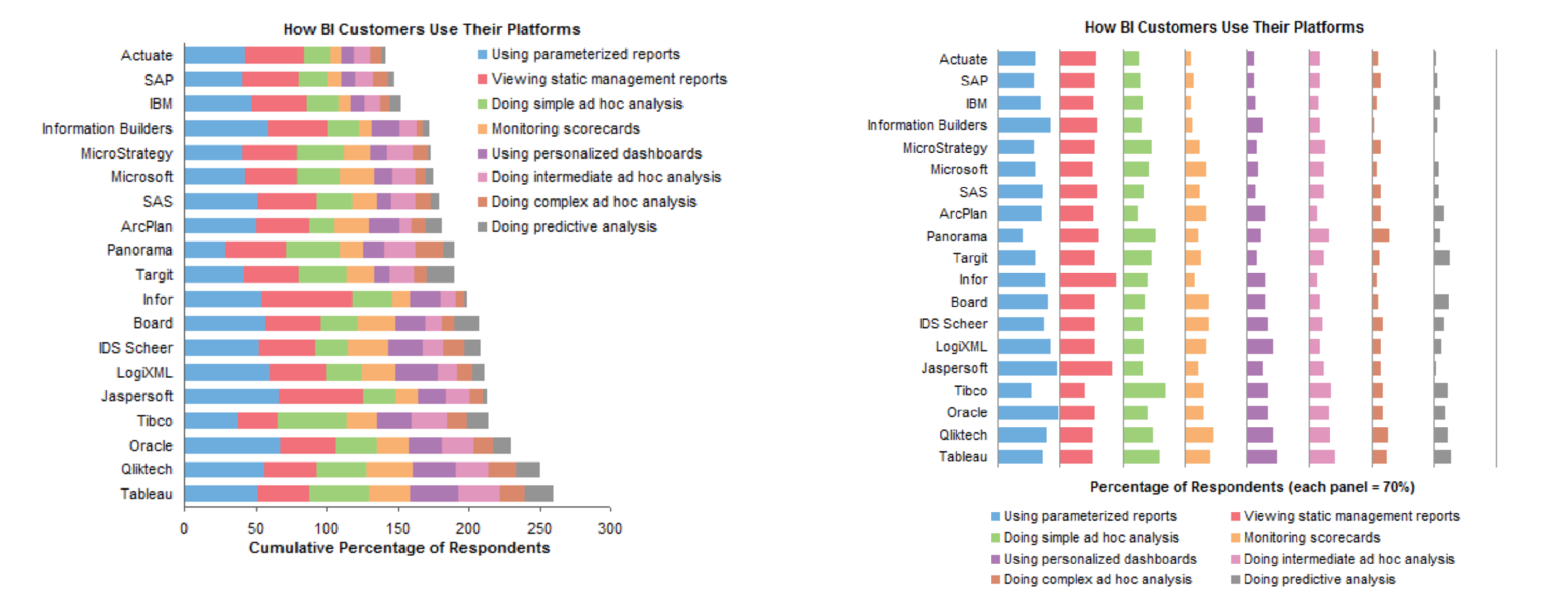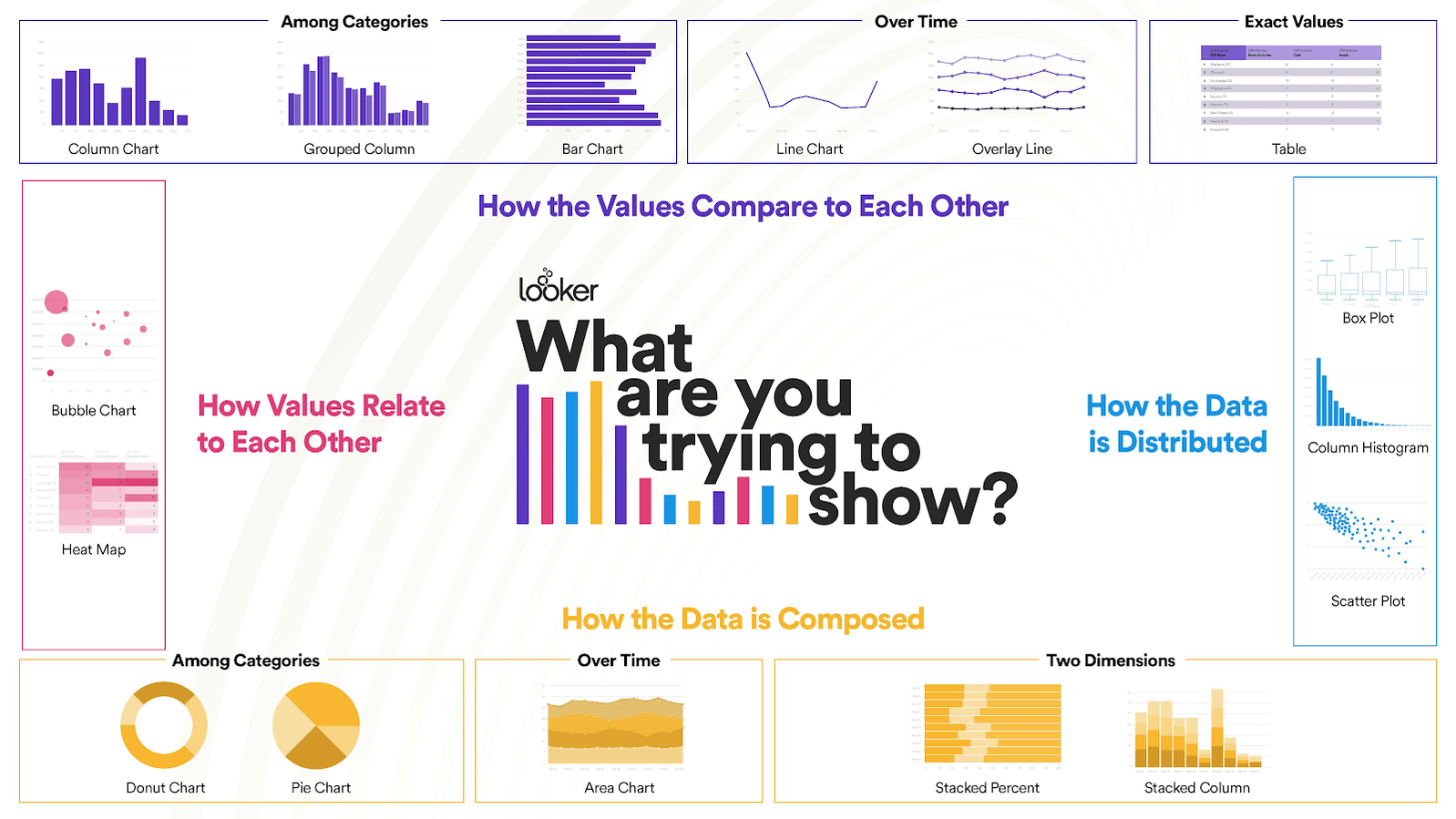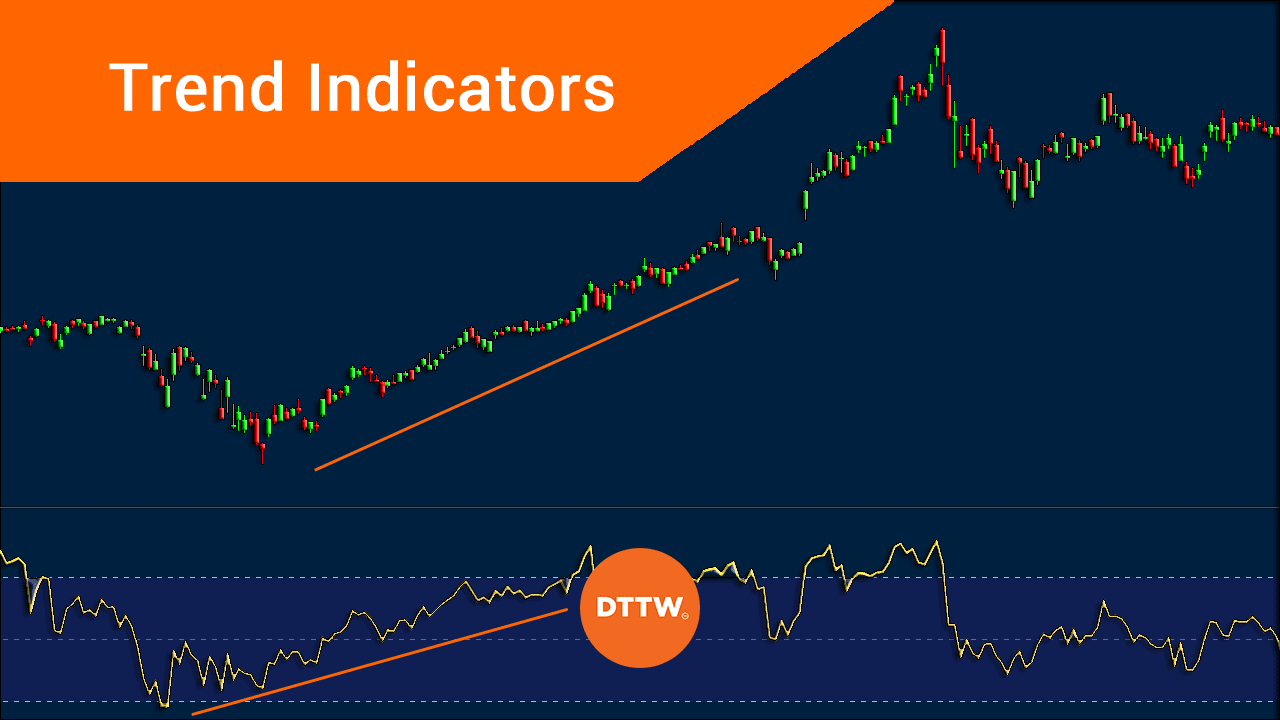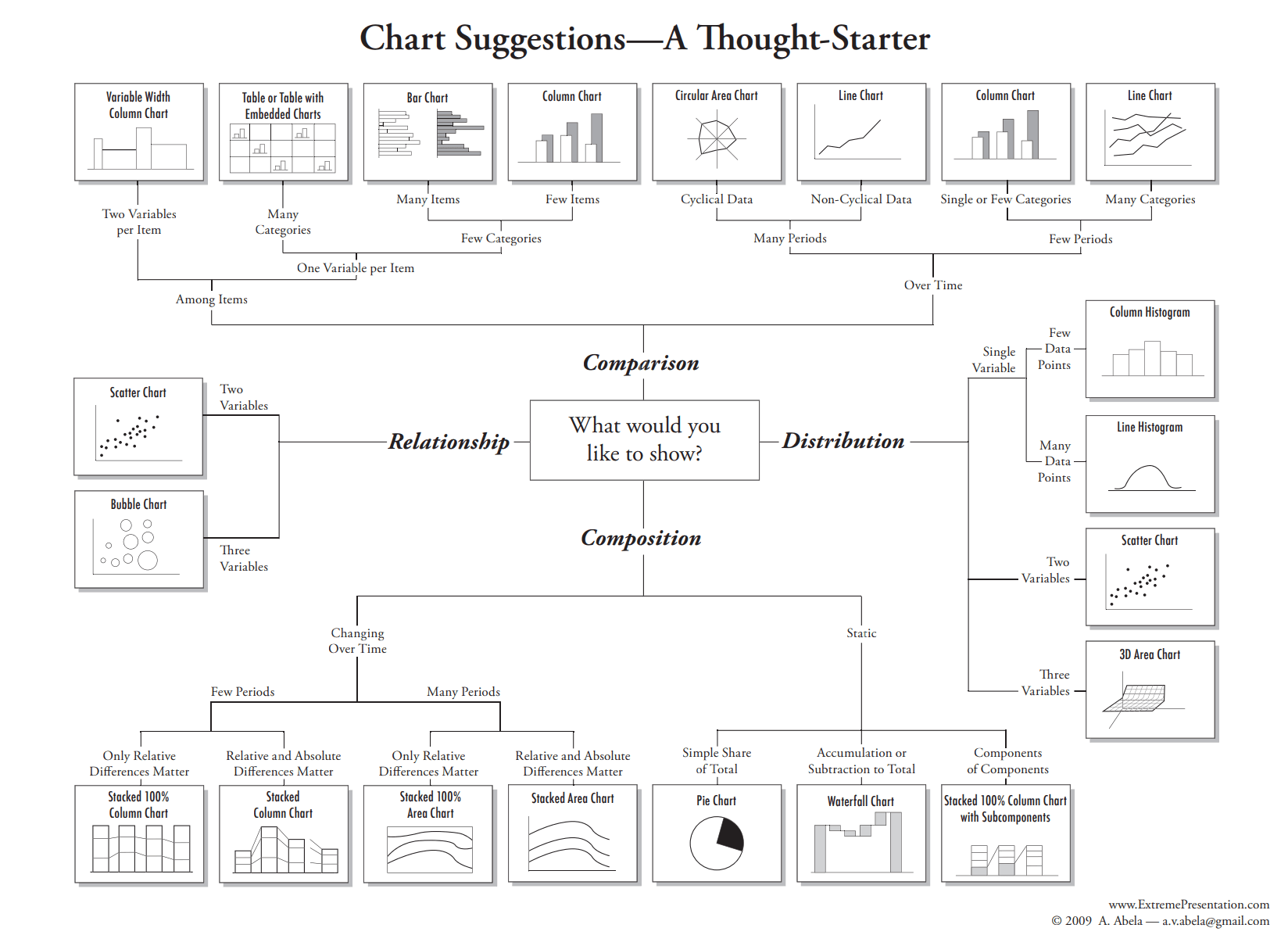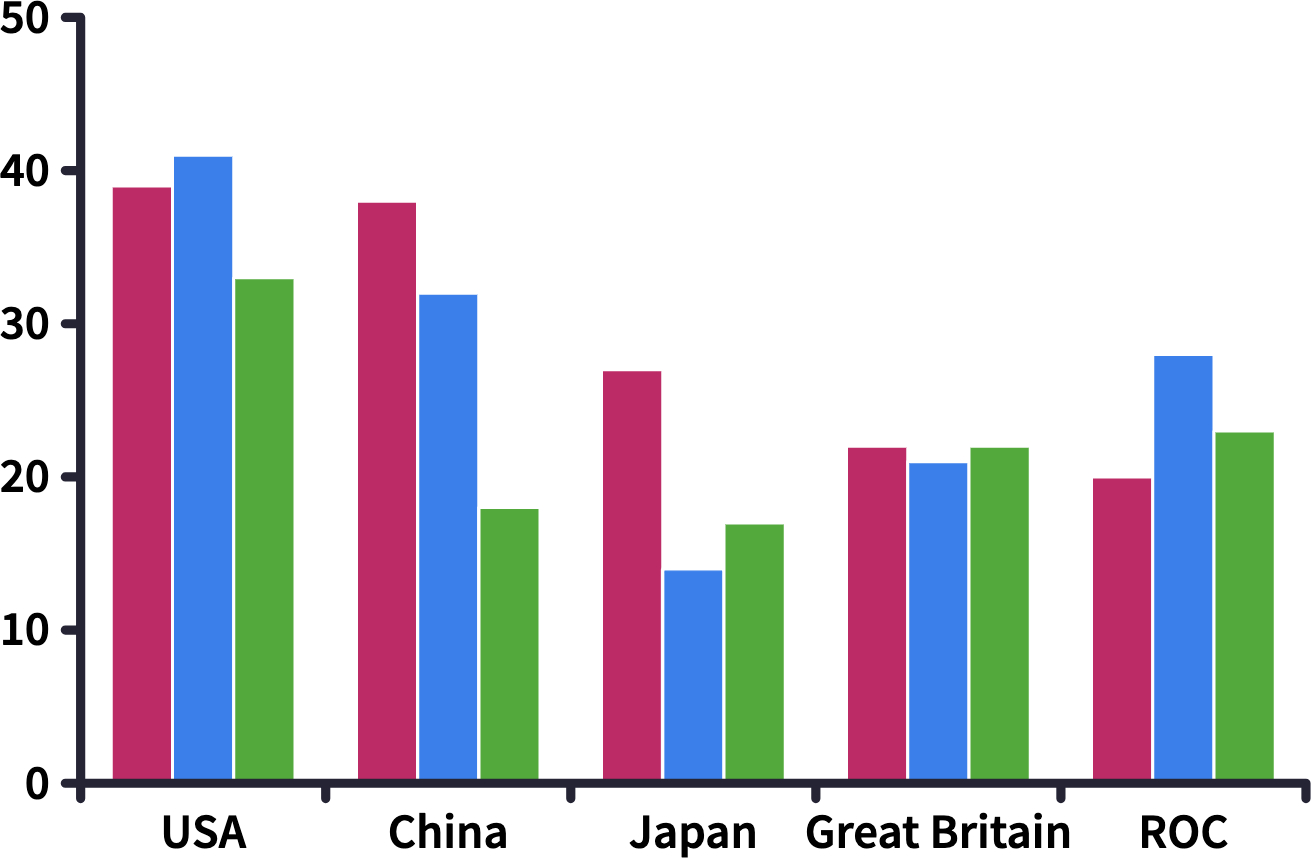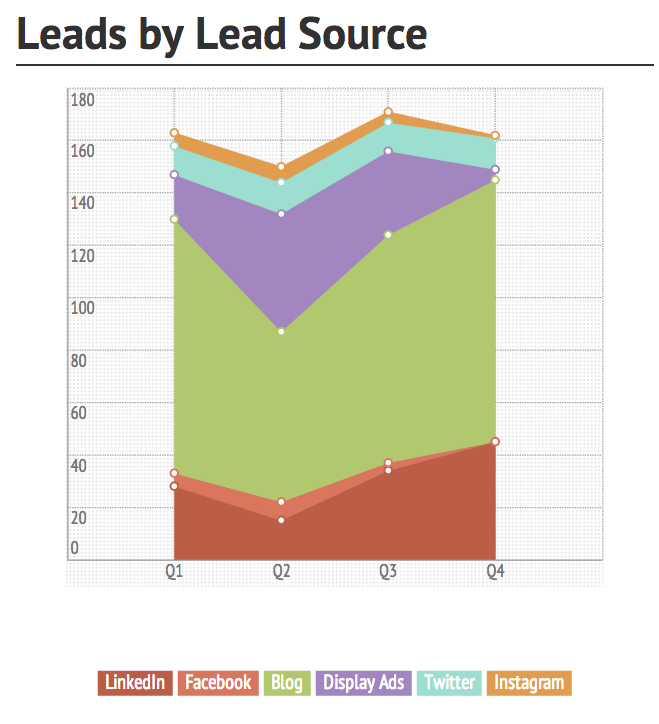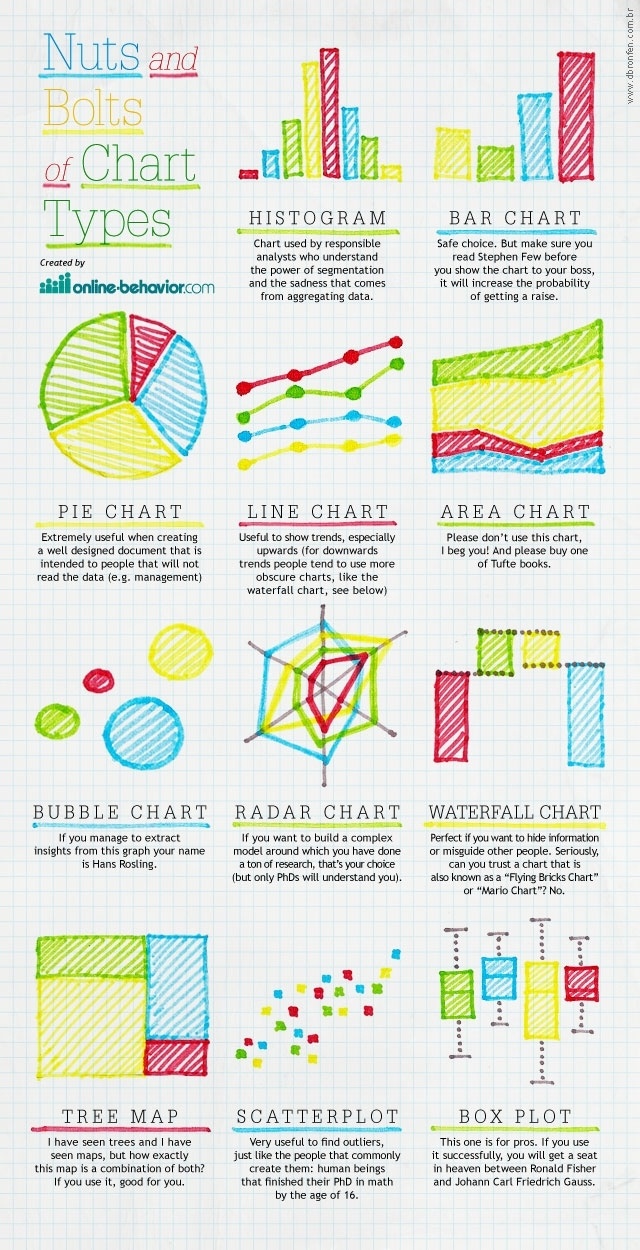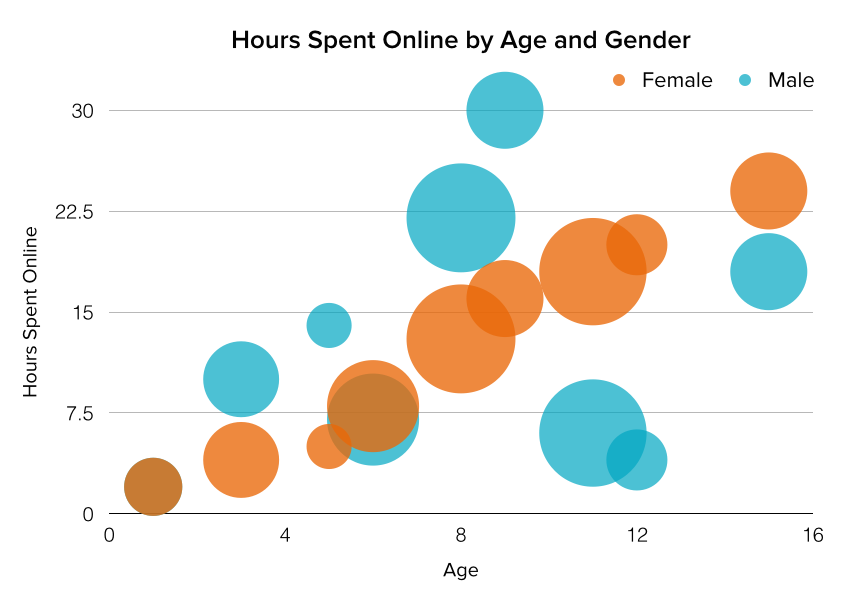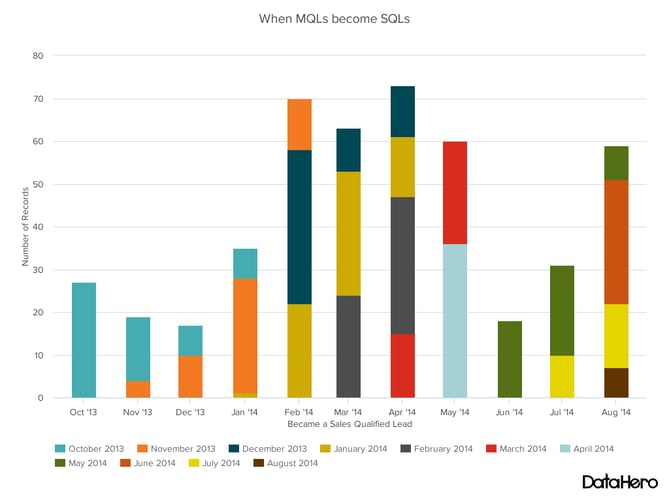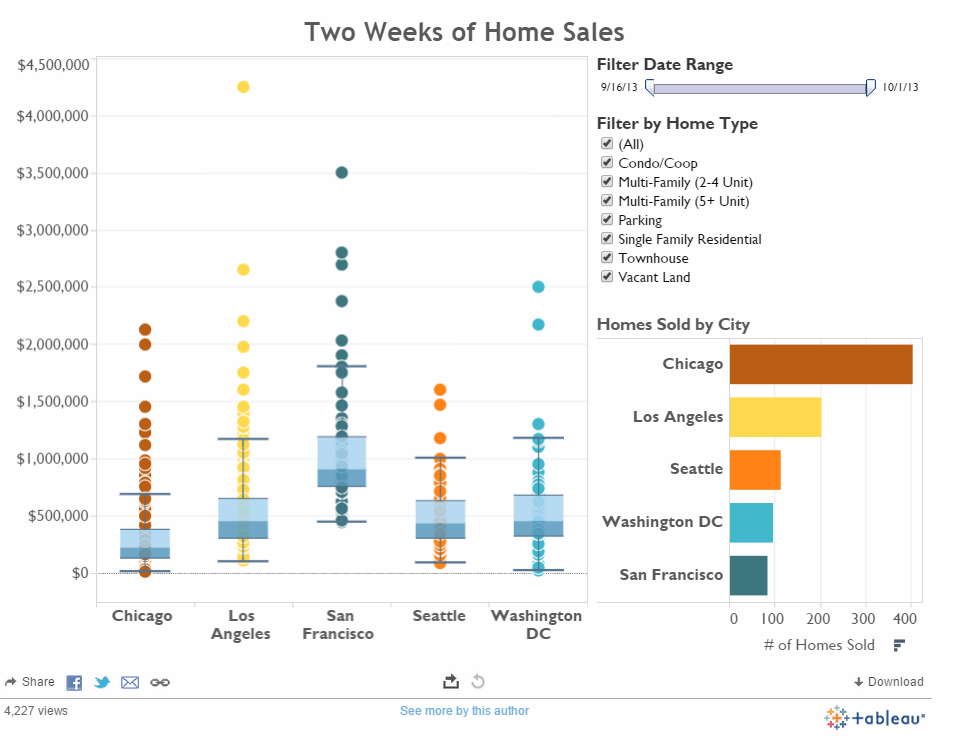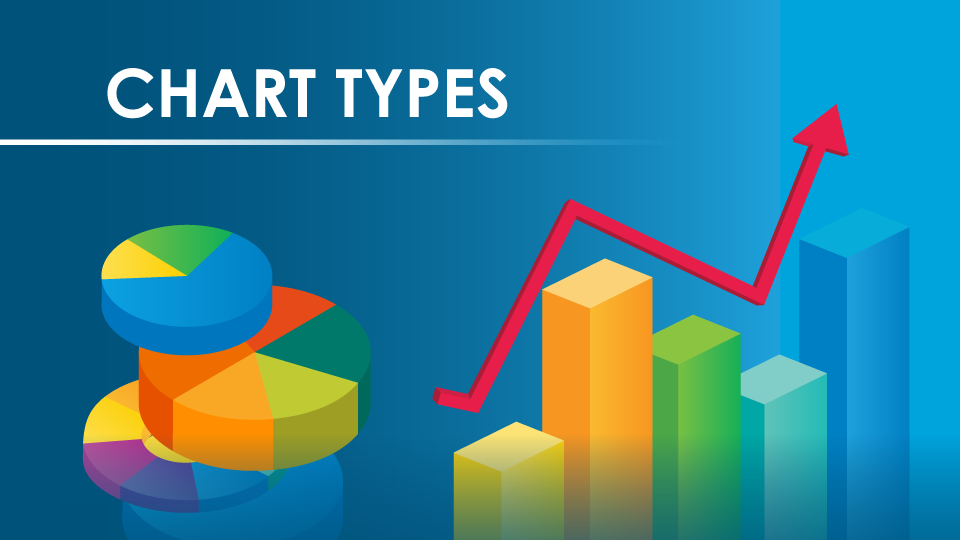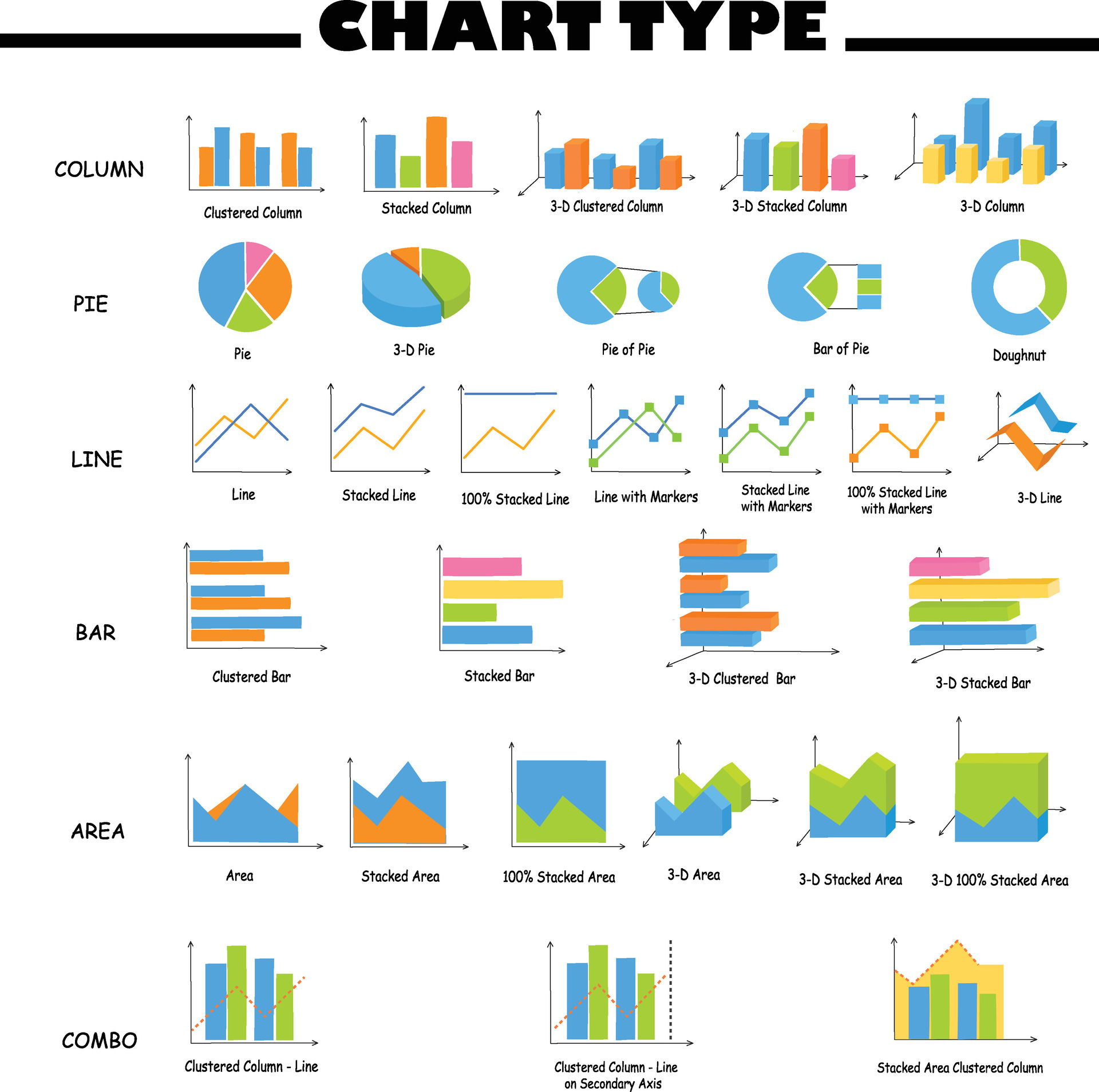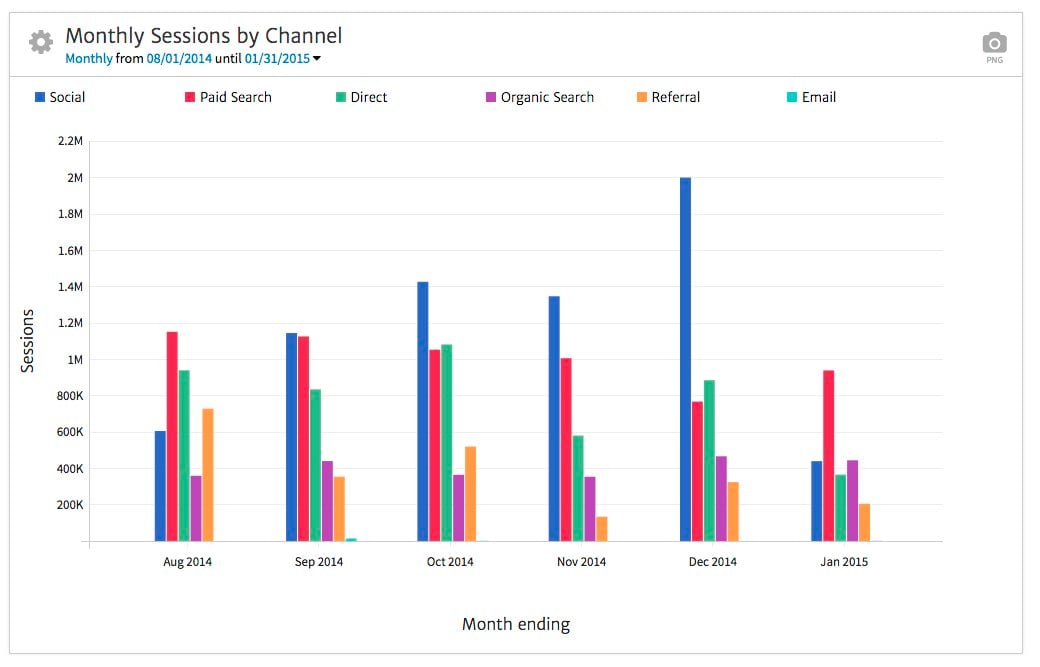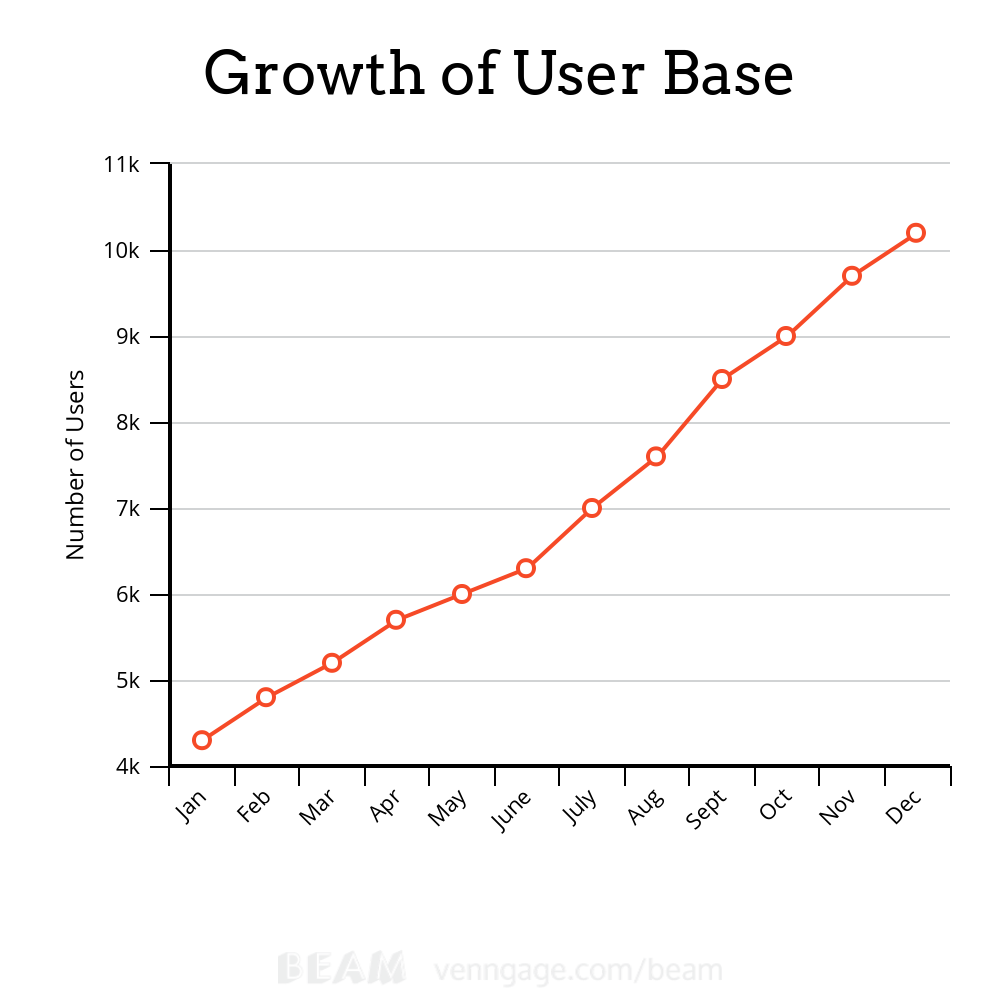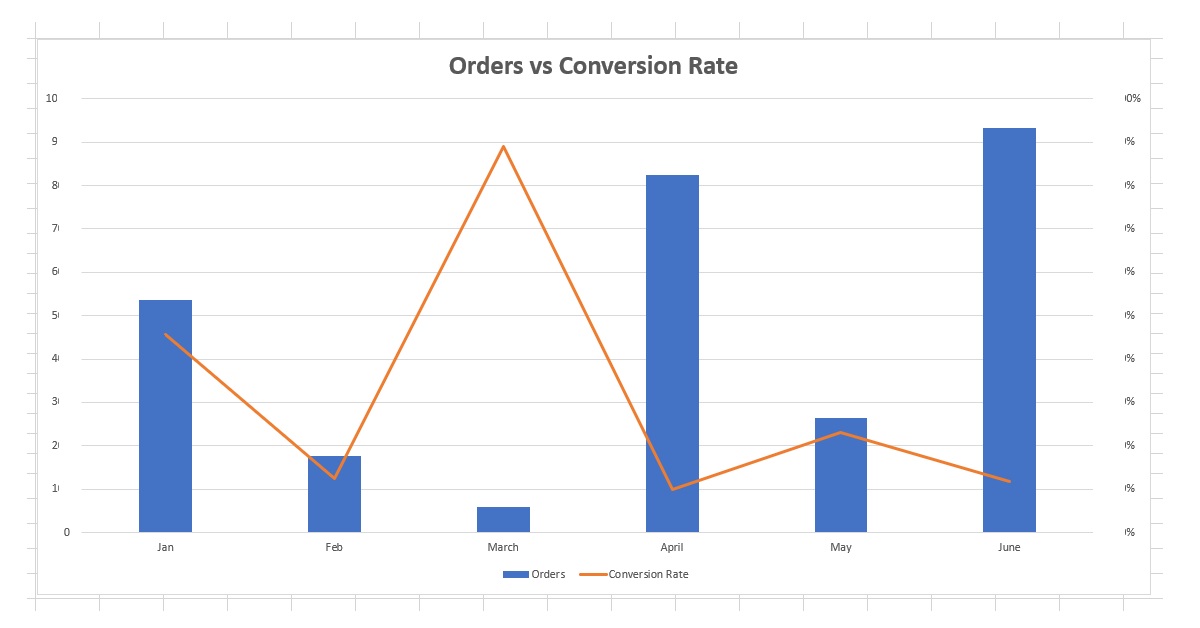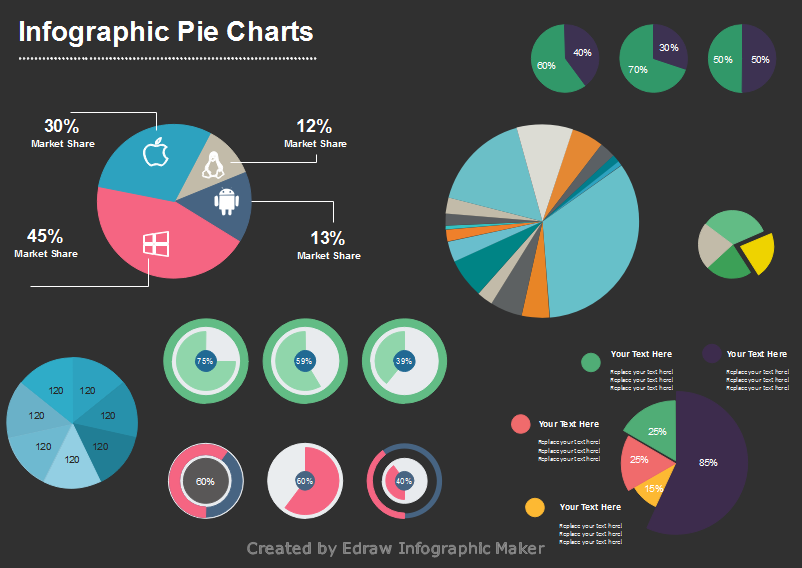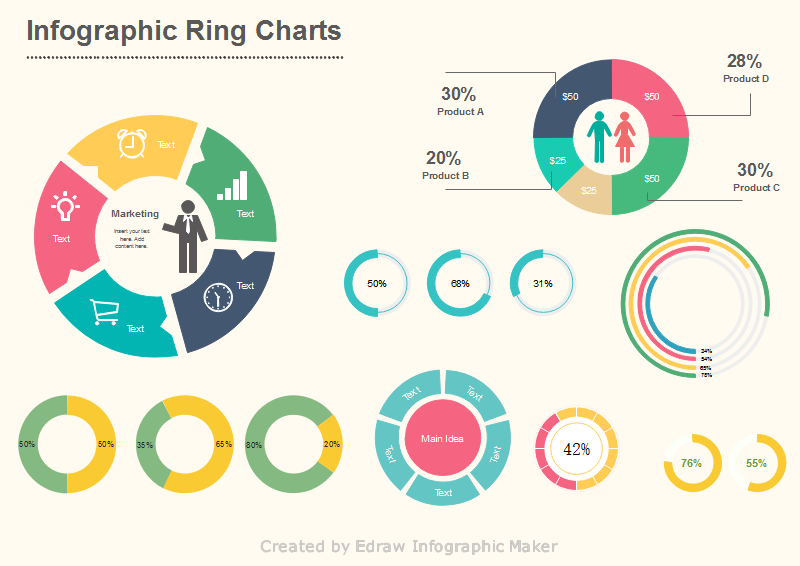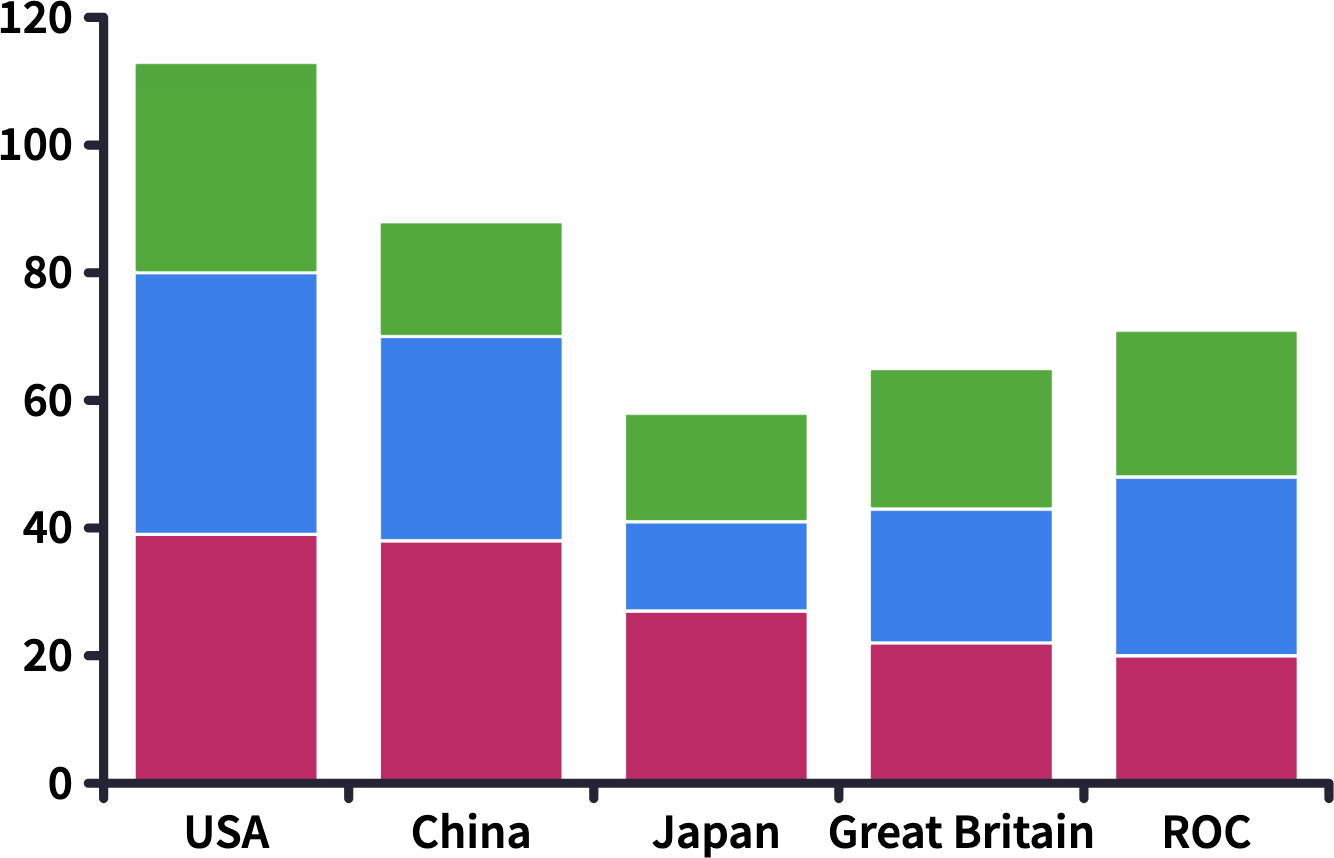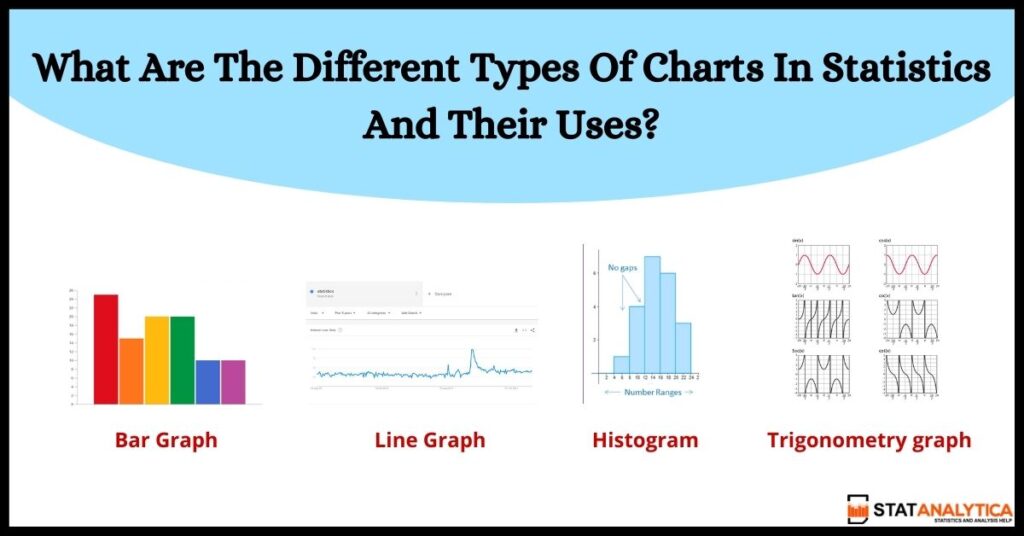Top Notch Tips About What Type Of Chart Is Best Used To Show Trends Excel Broken Axis
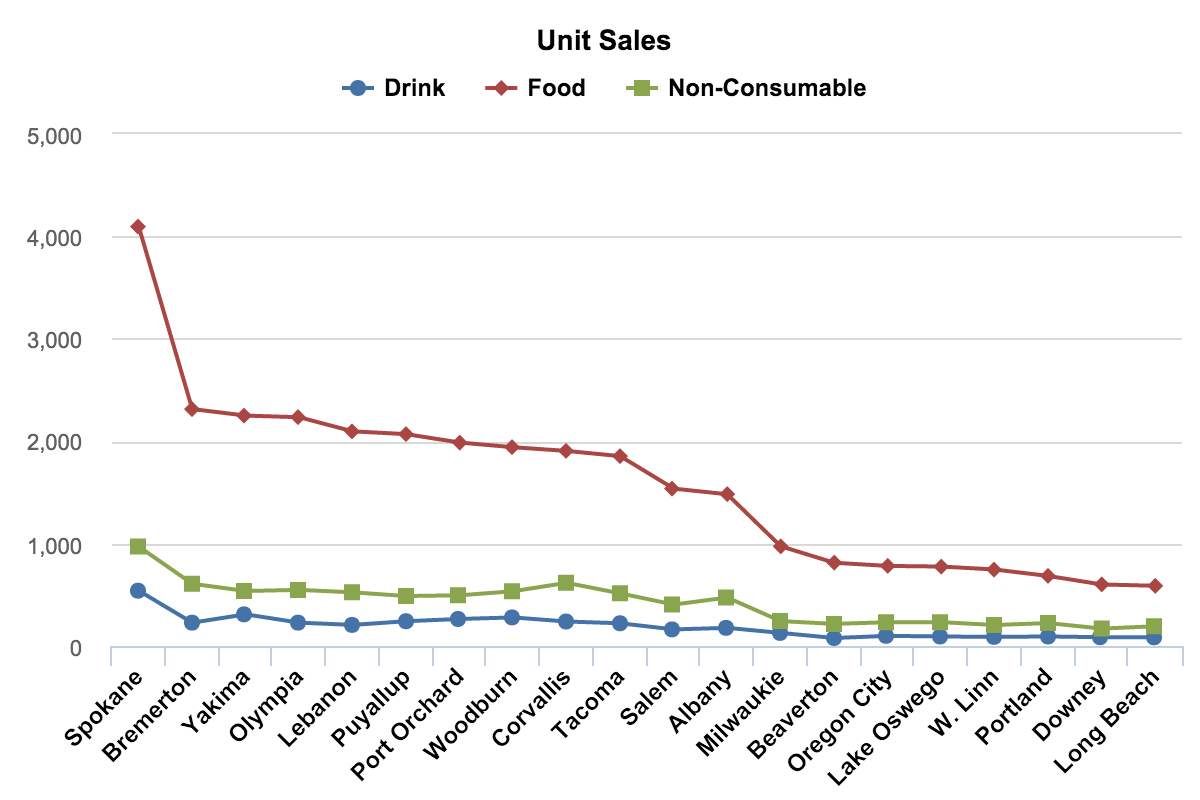
Line charts can be used to show relationships within a continuous data set, and can be applied to a wide variety of categories, including daily number of visitors to a site or variations in stock prices.
What type of chart is best used to show trends. Line graphs help users track changes over short and long periods. Excel charts for composition data. Show relationships between two variables.
Tracy rodgers, product marketing manager. Line charts, or line graphs, are powerful visual tools that illustrate trends in data over a period of time or a particular correlation. It helps product managers motivate teams to action, impress stakeholders, and quickly derive actionable insights.
In general, there are two different types of data visualization: Which chart or graph is best? Used to compare different categories of data.
These charts can help you significantly in visualizing data with trend patterns. Display parts of a whole. Schedule your call now!
Each type of chart serves a specific purpose, so choosing the right one depends on the data you. It uses different symbols such as bars, lines, columns, tables, box plots, maps, and more, to give meaning to the information, making it easier to understand than raw data. Within these two basic categories, there are many different ways data can.
As the name suggests a bar chart is composed of a series of bars illustrating a variable’s development. Excel charts for distribution data. After designing over 500 dashboards for organizations globally, 12 simple charts cover approximately 90% of use cases, resulting in selecting the best chart and graph types for most situations.
Excel charts for trend data. An area chart is essentially a line chart — good for trends and some comparisons. For example, one axis of the graph might represent a variable value, while the other axis often displays a timeline.
If you’re looking for an answer to the question of “how many” for several categories and a specific period of time, this is the chart to use. Here, we explore the best use cases for some of the most common chart types. A guide to data visualisation.
Exploration, which helps find a story the data is telling you, and an explanation, which tells a story to an audience.both types of data visualization must take into account the audience’s expectations. Different types of charts and graphs are suited to various data visualization needs, from illustrating trends and distributions to comparing data sets and highlighting hierarchical relationships. In most cases, they can be used interchangeably, but there are subtle differences between them.
Among the various chart types, the line chart is a prevalent choice to showcase trends over time. Line charts are the best visual representation for underscoring changes over time to time. You’ve got data and you’ve got questions.
